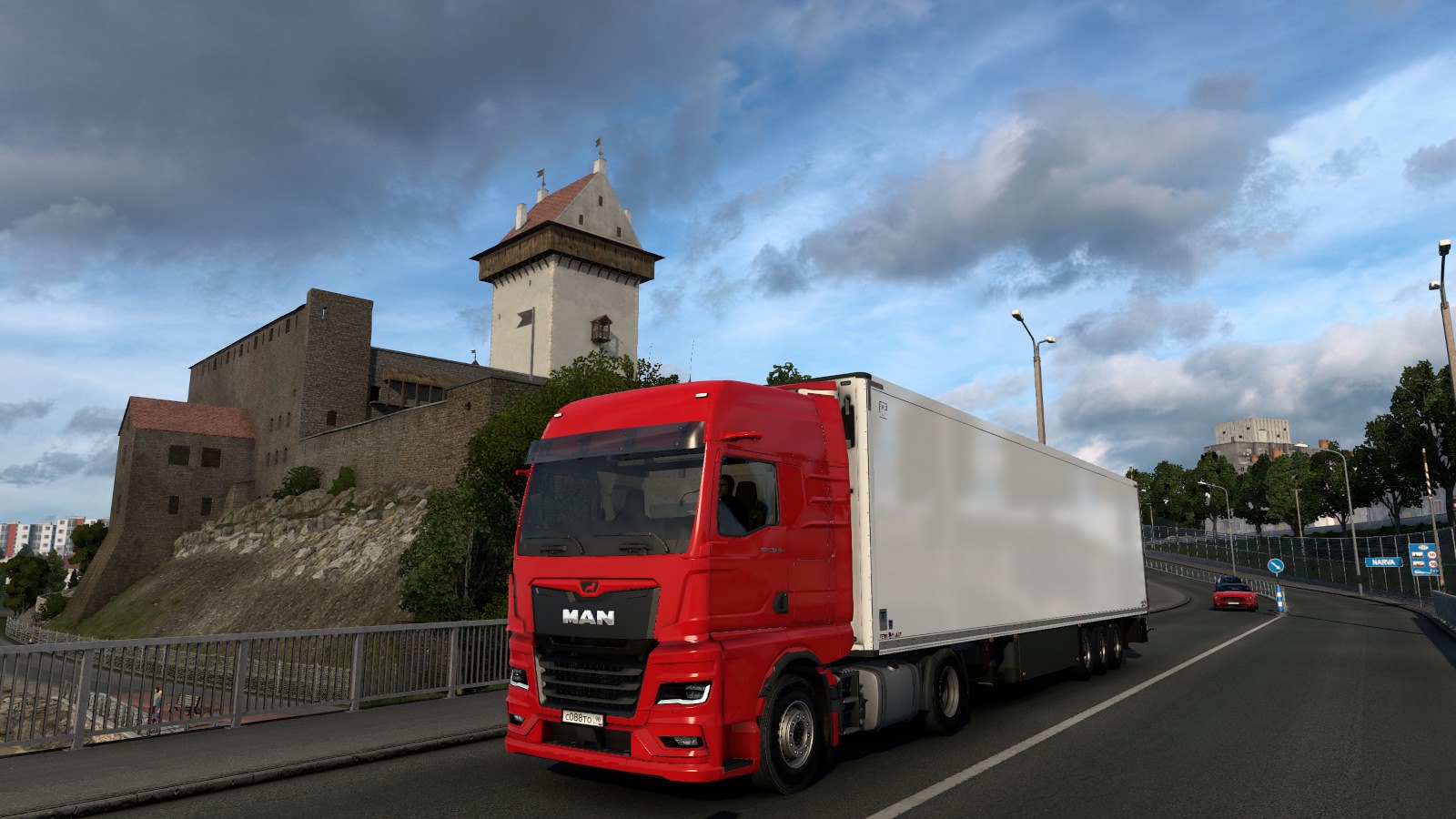Over 60% of the nearly one million citizens of the Russian Federation who have entered the European Union since the invasion of Ukraine starting February 24 have done so via Estonia and Finland, the union’s border guard agency, Frontex, says, while the figure for Estonia alone is 28%, as informed by Estonian broadcaster ERR.
Frontex data states that 998,085 Russian citizens have legally entered the EU since February 24, of which 281,957 did so by crossing the border into Estonia, and an even higher number, 329,185, into Finland. Entries into the two countries combined make up 61 percent of the total.
Frontex also notes that the vast majority of these entrants returned to Russia at a later date – 234,259 of them via Estonia, between April 15 and August 22, with the corresponding figure for Finland being 250,575.
ERR informs that most of the other EU member states who border the Russian Federation have also seen significant figures – for Lithuania, which borders the Kaliningrad exclave, 132,646 Russian citizens entered the country since the current phase of the conflict started, though a larger number of Belarusian citizens, 142,504, also crossed the border into Lithuania during that time.
As with the Russian Federation, Belarus is subject to an EU flight ban, due to the alignment of its leadership with the Kremlin.
35,371 Russian citizens have entered Latvian territory since February 24.
A day after the invasion began, Latvia stopped issuing Schengen Visas to Russian citizens and instigated restrictions on the entry of citizens of the Russian Federation who have obtained a Schengen Area visa from another state.
Poland also borders the Kaliningrad exclave, and has seen 26,542 Russian citizens enter the country since February 24.
Norway, which also shares a border with the Russian Federation and is in the Schengen Area, though not the EU, saw an influx of 8,052 Russian citizens from February 24, while 5,973 returned, between April 15 and August 22, Frontex says.
Since EU-wide flight bans were put in place soon after the invasion, arrivals by land were the main option left for those Russian citizens wishing to enter the EU; «third» states such as Georgia, Turkey, Serbia or Dubai have also been used by Russian citizens as conduits for entering the EU, Frontex says.

